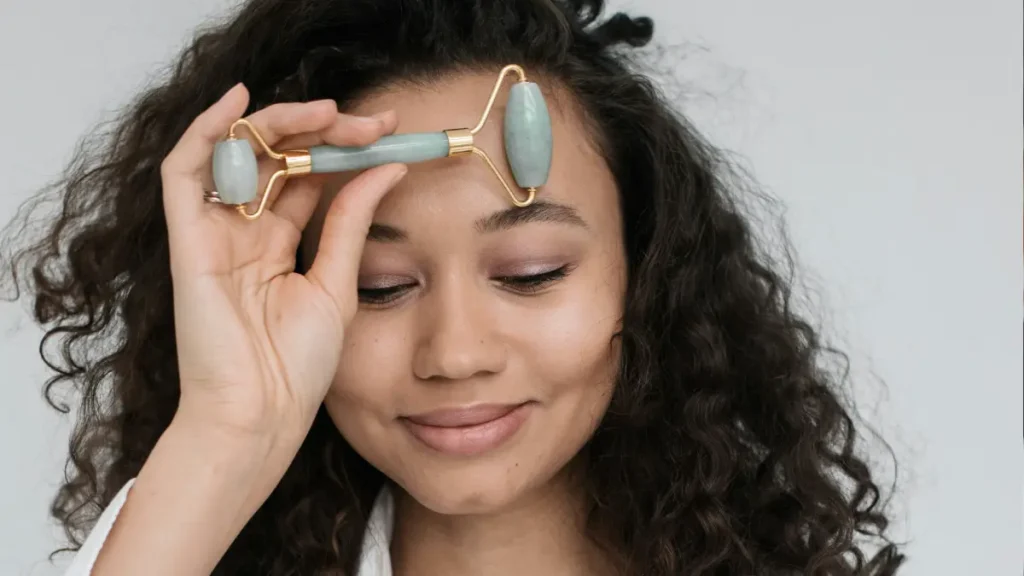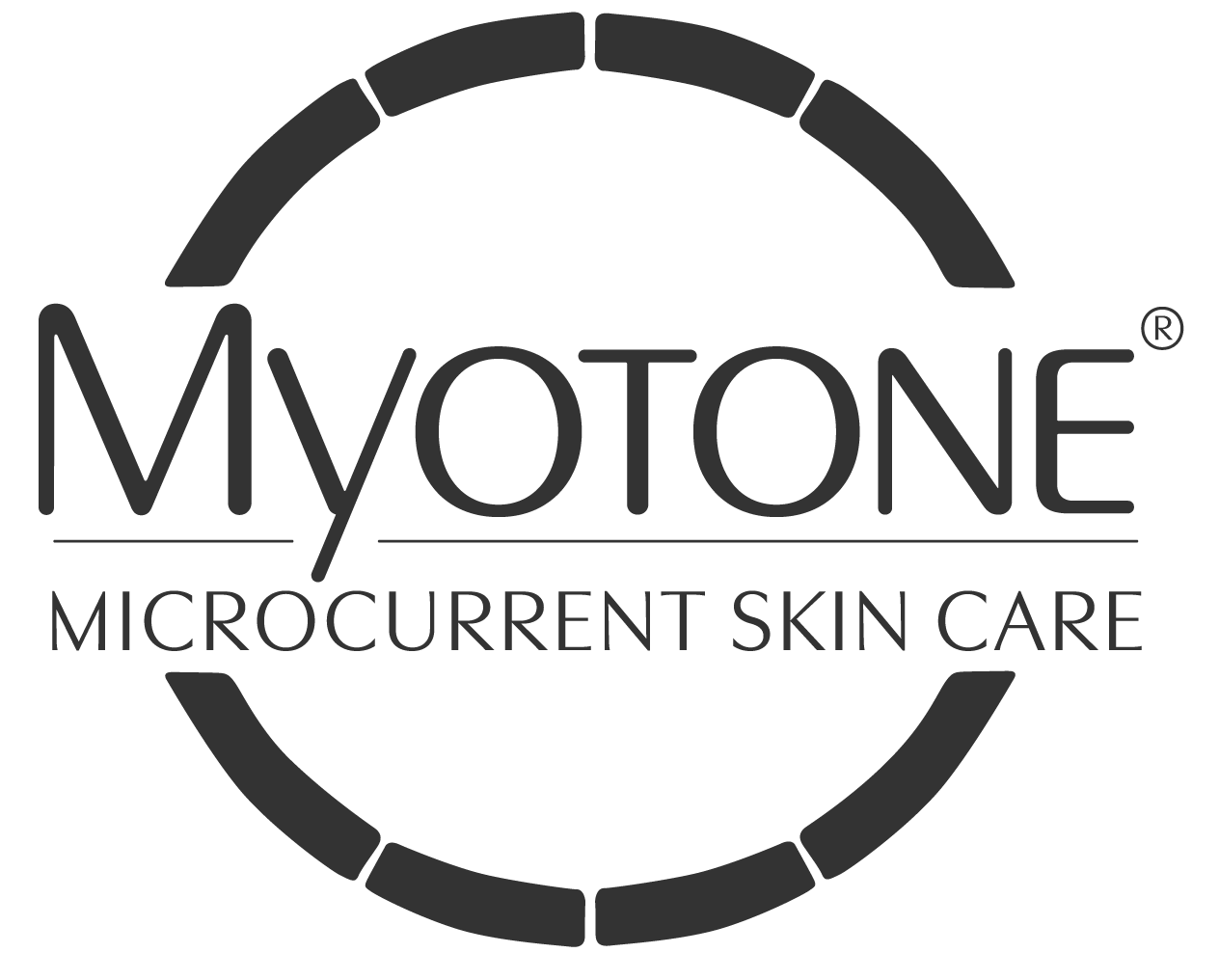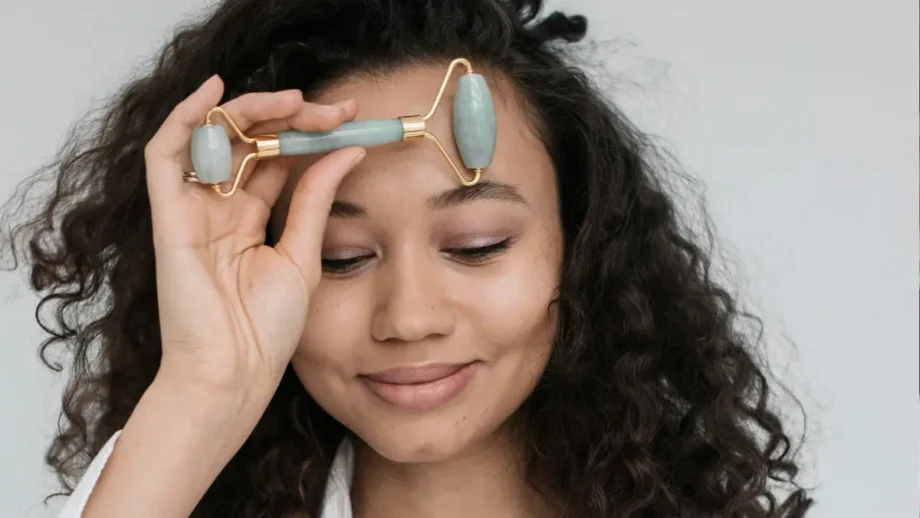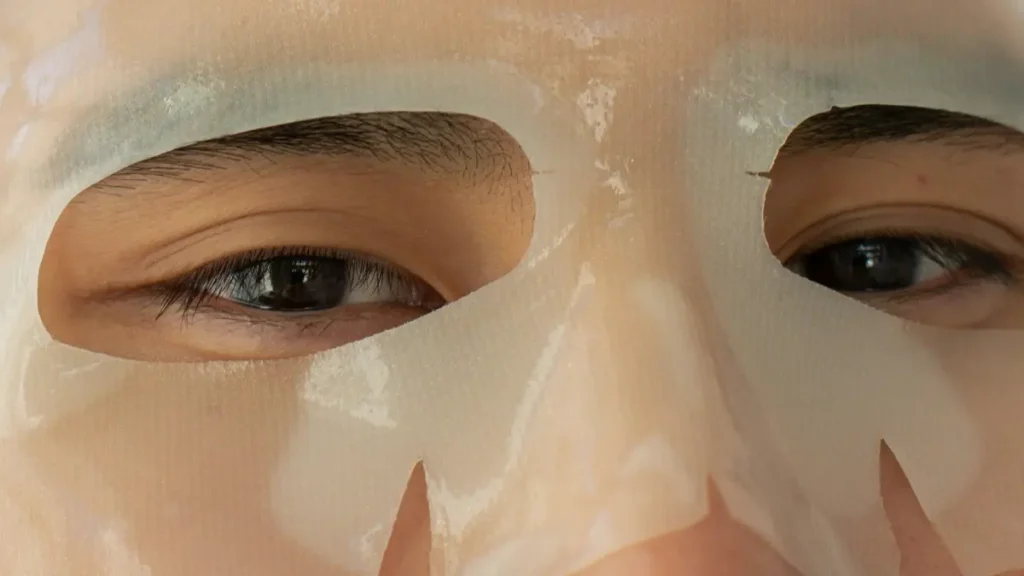There are countless skincare tools and techniques at our fingertips, each promising to tighten, tone, and rejuvenate the complexion. Two popular options that have gained traction in recent years are microcurrent devices and face rollers. While both claim to offer impressive results, they work in distinct ways and target different concerns. In this article, we’ll explore the differences between microcurrent therapy and face rollers to help you determine which option may be best suited to your skincare needs.
Microcurrent Therapy
Microcurrent therapy involves the use of low-level electrical currents to stimulate facial muscles and promote collagen production. These gentle electrical impulses mimic the body’s natural bioelectrical currents, helping to lift, tone, and tighten the skin. Microcurrent devices typically come in the form of handheld wands with spherical probes.
The benefits of microcurrent therapy include:
- Improved muscle tone: By stimulating facial muscles, microcurrent therapy can help improve muscle tone and firmness, leading to a more sculpted appearance.
- Reduction of fine lines and wrinkles: Microcurrents promote collagen and elastin production, which can help smooth out fine lines and wrinkles over time.
- Enhanced product absorption: The electrical currents from microcurrent devices can temporarily open the pores, allowing skincare products to penetrate deeper into the skin for better absorption and efficacy.
- Non-invasive and painless: Microcurrent therapy is generally safe and painless, making it suitable for most skin types and conditions.
Face Rollers
Face rollers, on the other hand, are manual skincare tools typically made from materials like jade, rose quartz, or stainless steel. These handheld devices feature one or two rollers that are gently massaged across the face and neck to promote lymphatic drainage, reduce puffiness, and enhance product absorption.
The benefits of face rollers include:
- Lymphatic drainage: The rolling motion of face rollers helps stimulate lymphatic circulation, reducing fluid retention and puffiness in the face.
- Improved circulation: Face rollers can help increase blood flow to the skin, promoting a healthy, radiant complexion.
- Relaxation and stress relief: The act of massaging the face with a roller can be soothing and relaxing, helping to alleviate tension and stress.
- Enhanced product absorption: Like microcurrent therapy, face rollers can help skincare products penetrate deeper into the skin, maximizing their effectiveness.
Key Differences
While both microcurrent therapy and face rollers offer benefits for the skin, they work in different ways and target different concerns. Microcurrent therapy primarily focuses on muscle stimulation and collagen production, making it ideal for firming and lifting the skin. Face rollers, on the other hand, are more geared towards promoting lymphatic drainage, reducing puffiness, and enhancing relaxation.
While you may think that a two in one microcurrent face roller could give you the best of both worlds, be wary of microcurrent devices that are also advertised as face rollers, as more often than not they are simply face rollers that use little to no microcurrent.
When it comes to choosing between microcurrent therapy and face rollers, it ultimately comes down to your skincare goals and preferences. If you’re looking to tighten and tone your skin while reducing the appearance of fine lines and wrinkles, a microcurrent device may be the better option. On the other hand, if you’re primarily concerned with reducing puffiness and promoting relaxation a face roller could be a valuable addition to your skincare routine. Whichever option you choose, remember that consistency is key to achieving and maintaining healthy, radiant skin.

This article is brought to you by

Learn More ⭢



